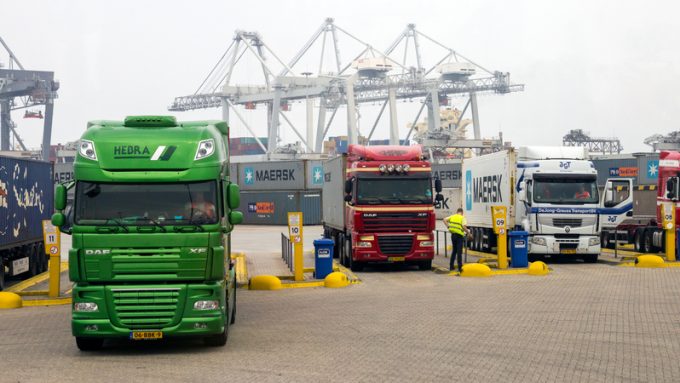Spot rates on transpacific surge after news of tariff time-out
Container freight spot rates shot up on the transpacific trades this week, with an immediate ...

European road freight rates registered their first annual decline last year, after the pandemic excoriated demand across the continent.
According to new data from Transport Intelligence and digital road freight marketplace Upply, road freight rates across Europe fell on average by 1.6%, giving a benchmark rate of €1,060 ($1,271), or ...
Keep our news independent, by supporting The Loadstar
Red Sea crisis has driven most new capacity into extended Asia-Europe trades
Rapid transpacific capacity build-up continues – can USWC ports handle it?
Crew forced to abandon ship in latest fire on vessel carrying EVs
The Loadstar Podcast | Transport Logistic and Air Cargo Europe 2025
Carriers on the hunt for open tonnage again as transpacific rates soar
Carrier price hikes hold, driving spot rates higher as space gets scarcer
Uncertainty drives Yang Ming fleet boost as focus switches to Asia-Europe trades
Asia-West Africa ULCV deployment opens new markets for carriers
Project cargo: oversized and heavy, posing risks outside the norm for ports
Turkish Airlines falls foul of air safety regulations, claims India's aviation authority
CMA CGM eyeing multi-billion euro investment programme in Algeria
News in Brief Podcast | Week 22 | Trump’s tariff hurdle, ocean schedule reliability, and rate rise
Air cargo players still wary of long-term block space deals – 'a risk on both sides'
Geely splashes out to meet growing demand by chartering its own car-carrier

Comment on this article